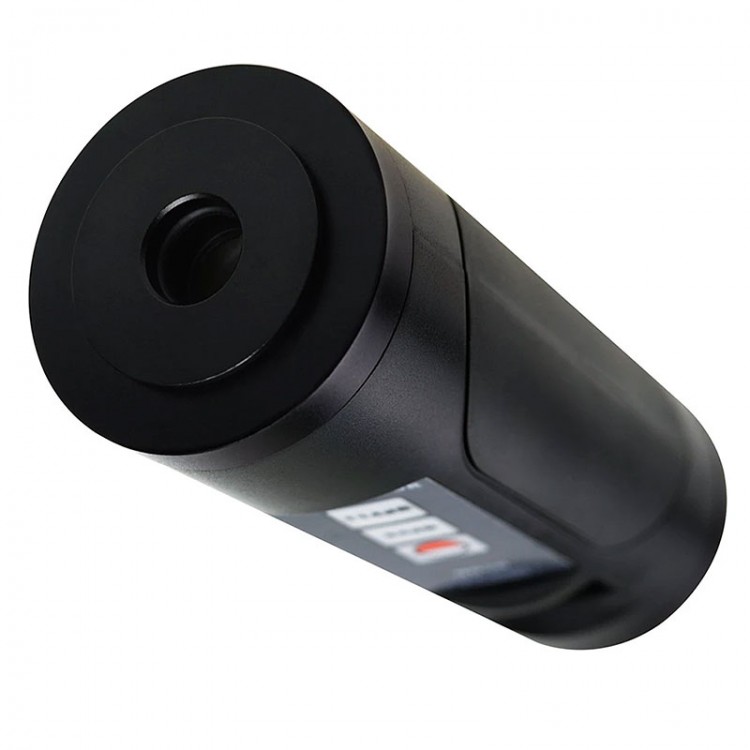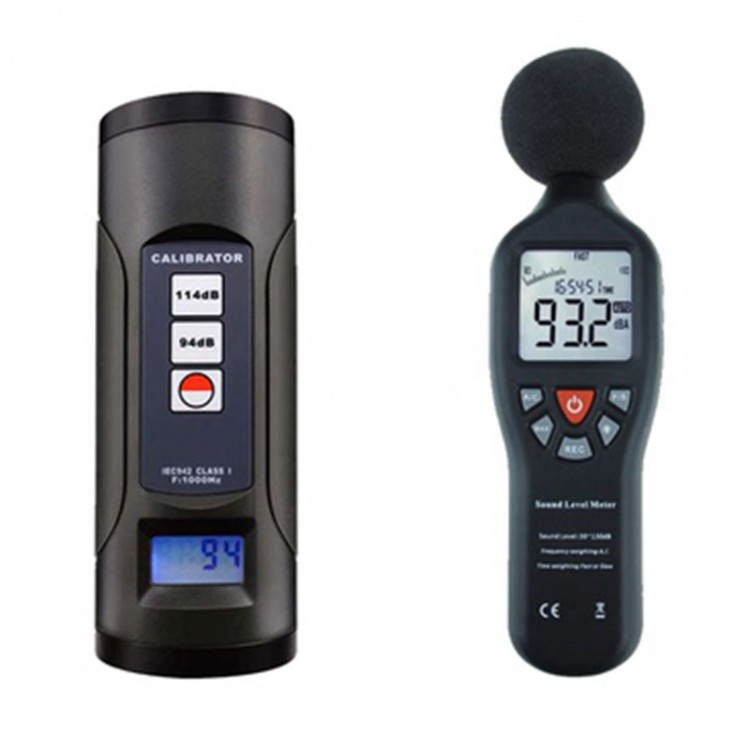

- Clip on microphone level calibrator fuzzmeasure drivers#
- Clip on microphone level calibrator fuzzmeasure driver#
- Clip on microphone level calibrator fuzzmeasure free#
It's usually possible in a speaker impulse response to identify the different degrees of latency that naturally result from filters and driver electro-acoustics. The onboard DSP has been used to equalise phase response above 200Hz, and this shows in the monitor's very clean impulse response. This is an unusual and most welcome feature.ĭiagram 5: The iLoud MTM's impulse response.One last FuzzMeasure curve, Diagram 5, illustrates an unusual feature of the iLoud MTM that I mentioned in a previous paragraph.
Clip on microphone level calibrator fuzzmeasure free#
As well as illustrating port output and distortion, Diagram 4 shows that the iLoud MTM is pretty much free of port tube organ–pipe resonance. Again, distortion levels are very high for the 40Hz setting.

The green curve illustrates the 40Hz LF EQ setting and the orange curve the 60Hz LF EQ setting. Both second and third harmonics are off the bottom of the scale at 40Hz, however, take it from me, they were both better than -30dB (3.1 percent).ĭiagram 4: Measurements taken at the port exit, again with both 40Hz and 60Hz options engaged (green and orange traces, respectively).Diagram 4 shows some similar data measured with the mic close to the port exit. The pink curve of Diagram 3 shows how much things improve when the iLoud MTM's LF EQ is set to 60Hz. The measurements were taken with the monitor working at a level that would approximate to around 85dB at 1m - reasonably loud, but not outrageously so. Those, it perhaps goes without saying, are pretty high levels of distortion. Expressed as percentages that's 44.7 and 12.5 percent. These show the second– and third–harmonic distortion, respectively, and at 40Hz the distortion levels are at around -7 and -18 dB.

The dip at 55Hz reveals the port tuning frequency, but the more interesting features are the light and heavy dashed lines. The iLoud MTM LF EQ option was set to 40Hz. The Diagram 3 blue curves show the 20Hz to 1kHz output of one bass/mid driver measured using a very close microphone (<2cm). Second harmonics are shown as light dashes, third harmonics as heavy dashes.I mentioned a couple of paragraphs ago that distortion and port noise was audible from the iLoud MTM while the ARC test was being performed, and the curves in Diagram 3 and Diagram 4 perhaps illustrate something of the problem. The blue trace shows the response with the LF extension set to 40Hz pink shows the response of the 60Hz option. To my mind this isn't a deal–breaker, but it's useful to bear in mind when using any room–correction system.ĭiagram 3: The 20Hz to 1kHz output of one bass/mid driver, measured at around 2cm. This illustrates one of the psycho-acoustic concerns sometimes raised about room-correction systems they can flatten the time–averaged response at one monitoring position, but do so at the expense of 'distorting' both the sound that arrives directly and the sound at other nearfield positions and in the reverberant field. the sound that's not been reflected from the desk or room environment) will have the ARC EQ imprinted on it, as will the sound in the reverberant field further back in the listening room.

There are no great surprises in the shape of the ARC curve, but perhaps the more interesting thing to consider is that it reveals how much the response of the iLoud MTM is equalised in order for the time–averaged response at the monitoring position to be flat. The introduction of the tweeter is apparent too at just over 3kHz, where the off-axis level recovers (and then dips again as the tweeter itself becomes directional).ĭiagram 2: The yellow trace shows the effect of ARC on the MTM with the speaker sited on a desk (green is with ARC disengaged, for comparison).Diagram 2 again illustrates the 200Hz to 20kHz frequency response, but this time the axial response in green is compared with a yellow curve showing what happens when ARC is engaged for a desk–mounted iLoud MTM.
Clip on microphone level calibrator fuzzmeasure drivers#
The purple curve shows the frequency response at 30 degrees vertically off axis, and demonstrates perfectly that the D'Appolito format results in significant dips in the response as frequency rises (and wavelength reduces) where the two bass/mid drivers are working in parallel. The green curve shows the axial response, which is suitably tidy and flat to within around ☒dB. Before I reveal how the MTM performs subjectively, I made a few FuzzMeasure graphs to illustrate some of the characteristics that I've discussed and to investigate a little of how ARC correction modifies its electro-acoustics.ĭiagram 1: The iLoud MTM's frequency response from 200Hz to 20kHz, measured at 0.5m, both on axis (green trace) and 30 degrees vertically off axis (purple).Diagram 1 illustrates the 200Hz to 20kHz frequency response of the iLoud MTM, measured with the mic at 0.5m.


 0 kommentar(er)
0 kommentar(er)
